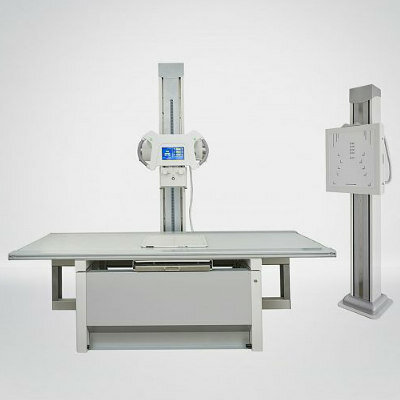CT-Induced Cancer Poses Minimal Risk Compared to Risk of Dying from Disease
By MedImaging International staff writers
Posted on 18 May 2012
Young patients who undergo chest or abdominopelvic computed tomography (CT) scanning are more than 35 times more likely to die of their disease than develop a radiation-induced cancer, according to a review of 23,359 patients, some of whom were scanned more than 15 times. Posted on 18 May 2012
The analysis conducted at three hospitals in Boston (MA, USA), including Massachusetts General Hospital, revealed that in the chest CT group, 575 out of 8,133 patients were deceased after a mean follow-up of about four years. “That compares to the 12 cases of radiation-induced cancer that would be expected in this group based on the BEIR-VII method, a commonly used model for determining CT-induced cancer incidence,” said Rob Zondervan, a medical student at the University of New England (Biddeford, ME, USA), and one of the authors of the study.
In the abdominopelvic CT group, 1,124 out of 15,226 patients were deceased after a mean follow-up of about 3.5 years. “That compares to 23 cases of predicted cancer incidence,” said Dr. Zondervan. “Our results indicate that the risk from underlying disease overshadows risk from CT radiation-induced malignancy, even in young adults,” he said.
Records of all patients aged 18-35 who underwent a chest CT or an abdominopelvic CT from 2003-2007 were included in the analysis. The data were additionally broken down based on number of CT scans. Patients who had only one or two scans had the most projected cases of CT-induced cancer (20 out of the 35 predicted cases). “This seeming anomaly arises from the much greater number of young adults who get one or two scans,” said Mr. Zondervan. “These results do emphasize that we need to focus our radiation reduction efforts on patients who are very rarely scanned as well as those who are more frequently scanned,” he said.
The study’s findings were presented at the American Roentgen Ray Society (ARRS) annual meeting May 1, 2012, held in Vancouver (BC, Canada).
Related Links:
Massachusetts General Hospital
University of New England














